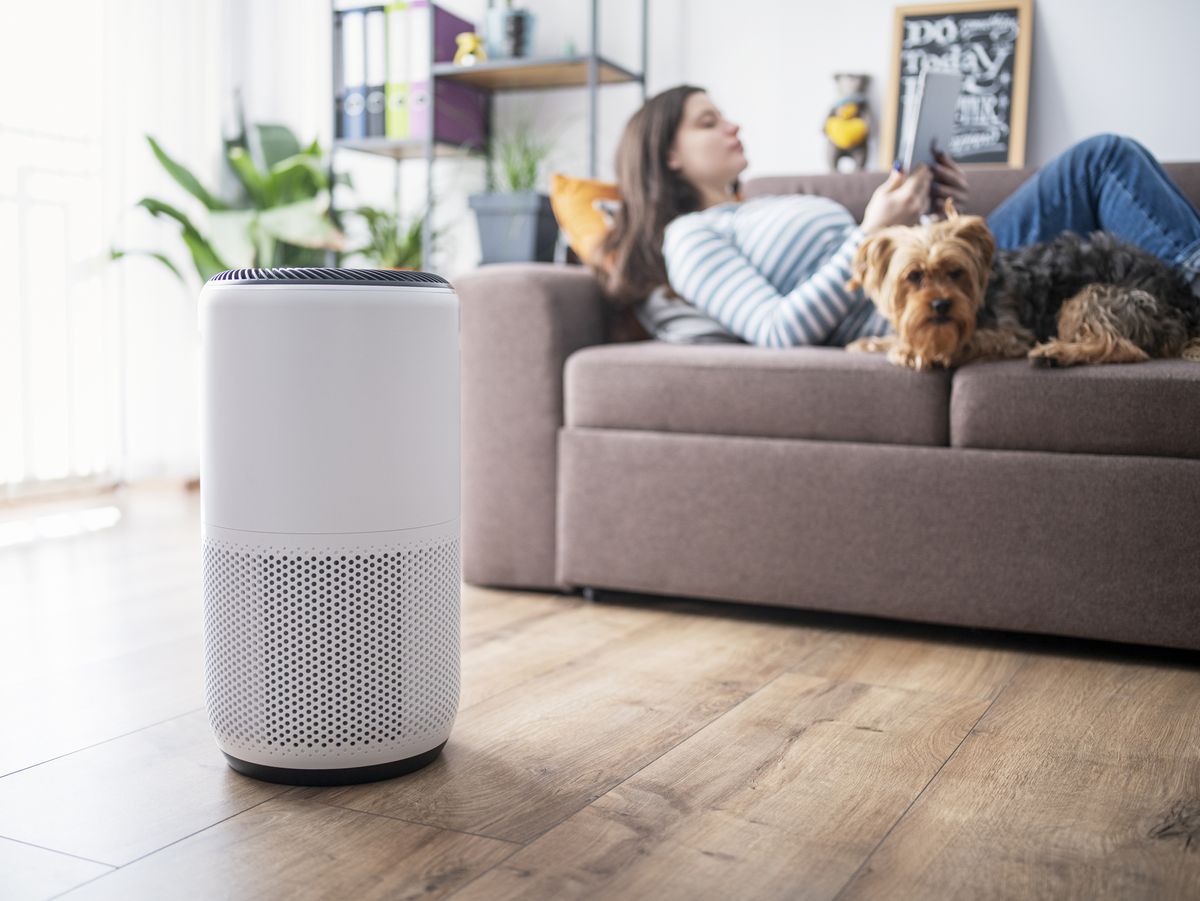

Articles
How Does Air Purifier Work
Modified: October 28, 2024
Discover how air purifiers work and improve indoor air quality with informative articles. Learn about the benefits and find the best air purifier for your needs.
(Many of the links in this article redirect to a specific reviewed product. Your purchase of these products through affiliate links helps to generate commission for Storables.com, at no extra cost. Learn more)
Introduction
Welcome to the world of air purifiers! In today’s world, where pollution levels are on the rise and indoor air quality is becoming a concern, air purifiers have become an essential addition to many households and commercial spaces. But have you ever wondered how these magical devices actually work?
An air purifier is a device designed to remove contaminants and pollutants from the air, ensuring cleaner and healthier indoor air. These contaminants can include dust, allergens, pet dander, smoke particles, pollen, mold spores, and even volatile organic compounds (VOCs) emitted by household products. By filtering out these unwanted particles, air purifiers help in reducing allergies, improving respiratory health, and creating a more comfortable living environment.
To understand how air purifiers work, it’s important to familiarize ourselves with the basic principles behind them. Most air purifiers operate on the concept of filtration, where air is passed through a filter that traps and captures particles before releasing clean air back into the room. There are different types of air purifiers available in the market, and each utilizes varying mechanisms to accomplish this filtration process.
In this article, we will explore the different types of air purifiers and delve into the principles of their operation. We will discuss HEPA filters, activated carbon filters, ionic air purifiers, UV germicidal irradiation, ozone generators, and electrostatic precipitators. We will also touch upon the role of fans in air purifiers and the key features you should consider when choosing one for your home or office.
By the end of this article, you will have a clear understanding of how air purifiers work and be equipped with the knowledge to make an informed decision when it comes to selecting the right air purifier for your needs. So let’s dive into the world of clean air and explore the fascinating realm of air purification technology!
Key Takeaways:
- Air purifiers work by using various filtration mechanisms such as HEPA filters, activated carbon filters, ionic technology, UV germicidal irradiation, ozone generators, and electrostatic precipitators to capture and remove particles and pollutants from the air, ultimately improving indoor air quality.
- When choosing an air purifier, consider key features such as the filtration system, coverage area, CADR, noise level, filter replacement indicators, additional features, energy efficiency, and design to ensure that the purifier meets your specific needs and provides effective air purification.
Basic Principles of Air Purifiers
Air purifiers operate on the simple principle of removing pollutants and contaminants from the air, thereby improving the indoor air quality. The basic components of an air purifier include a fan or blower, a filter or filtration system, and sometimes additional technologies or features depending on the specific type of purifier.
The primary mechanism through which air purifiers work is filtration. Air is drawn into the purifier through the fan or blower, and it passes through the filter. The filter’s purpose is to capture and trap various particles and pollutants present in the air. The purified air is then released back into the environment, creating a cleaner and healthier breathing space.
Filters used in air purifiers come in different types, each designed to target specific types of pollutants. The most common filter used is the HEPA (High-Efficiency Particulate Air) filter, known for its ability to capture microscopic particles as small as 0.3 microns. HEPA filters are highly effective in removing dust, pollen, pet dander, and other allergens from the air.
Another type of filter commonly used is activated carbon filters. These filters are effective in eliminating odors, volatile organic compounds (VOCs), and certain chemicals from the air. Activated carbon has a large surface area and a porous structure, allowing it to adsorb and trap these chemicals effectively.
In addition to filtration, some air purifiers employ other technologies to enhance their purification capabilities. Ionic air purifiers, for example, use electrostatic charges to remove particles from the air. These purifiers emit negatively charged ions that attach to positively charged particles, causing them to stick to surfaces or collect on a charged plate within the purifier.
UV germicidal irradiation is another technology used in air purifiers. It utilizes ultraviolet light to destroy the DNA of microorganisms like bacteria and viruses, making them unable to replicate or cause harm. UV-C lights are commonly used in air purifiers for this purpose.
Ozone generators, on the other hand, produce ozone, a reactive gas that can neutralize odors and kill bacteria and mold. However, it’s important to note that ozone generators should be used with caution and in well-ventilated areas, as high levels of ozone can be harmful to humans.
Electrostatic precipitators are yet another type of air purifier that operates on the principle of electrostatic attraction. These purifiers charge particles in the air and then collect them on oppositely charged plates or filters.
While the general principle of air purification is filtration, different types of air purifiers use varying combinations of technologies and filters to achieve optimal purification results. Understanding these principles will help you make an informed decision when selecting an air purifier that best fits your needs.
Types of Air Purifiers
When it comes to air purifiers, there are several types available in the market, each with its own unique approach to purifying the air. Understanding the different types will help you choose the one that suits your specific needs. Let’s explore some of the most common types of air purifiers:
- HEPA Filter Air Purifiers: HEPA filters are widely recognized as one of the most effective types of air purifiers. These filters work by capturing particles as small as 0.3 microns with a high efficiency of 99.97%. HEPA filter air purifiers are particularly effective in removing dust, pollen, pet dander, and other allergens from the air.
- Activated Carbon Air Purifiers: Activated carbon filters are designed to eliminate odors, gases, and volatile organic compounds (VOCs) from the air. These filters contain activated carbon, which has a high porosity and surface area, allowing it to adsorb and trap these harmful substances effectively.
- Ionic Air Purifiers: Ionic air purifiers use electrostatic charges to remove particles and allergens from the air. These purifiers release negatively charged ions, which attach to positively charged particles, causing them to settle on surfaces or collect on oppositely charged plates within the purifier.
- UV Germicidal Irradiation Air Purifiers: UV germicidal irradiation purifiers utilize ultraviolet light to destroy bacteria, viruses, and other microorganisms. The UV-C light emitted by these purifiers damages the DNA of these pathogens, rendering them unable to reproduce or cause harm.
- Ozone Generators: Ozone generators produce ozone, a reactive gas that can neutralize odors and kill bacteria and mold. However, it’s important to use ozone generators with caution, as high ozone levels can be harmful to humans and should be used in well-ventilated areas.
- Electrostatic Precipitators: Electrostatic precipitators charge particles in the air and then attract them to oppositely charged plates or filters. These purifiers are effective in capturing large particles like dust and pet dander.
Understanding the different types of air purifiers allows you to choose the one that aligns with your specific needs and requirements. Whether you’re looking to remove allergens, tackle household odors, or address specific air quality concerns, there is an air purifier type designed to suit your needs. Consider the specific pollutants you want to target and the features that are important to you when selecting an air purifier for your home or office.
HEPA Filters: How They Work
HEPA (High-Efficiency Particulate Air) filters are widely regarded as one of the most effective types of filters used in air purifiers. These filters are capable of capturing particles as small as 0.3 microns with a high efficiency of 99.97%. How do HEPA filters achieve such impressive filtration capabilities?
HEPA filters work on the principle of physical filtration. The filter is made up of a dense mat of randomly arranged fibers, typically composed of fiberglass. These fibers create a maze-like structure that traps airborne particles as they pass through the filter.
When contaminated air enters the air purifier, it is pulled through the HEPA filter by a fan or blower. As the air passes through the filter, the fibers present in the HEPA filter capture and trap particles of varying sizes. This includes common allergens such as dust mites, pollen, pet dander, and even some bacteria and viruses.
The effectiveness of HEPA filters lies in their ability to capture particles through three mechanisms:
- Interception: When particles in the air come into contact with the fibers of the HEPA filter, they get trapped due to the forces of air flow. This process is known as interception.
- Impaction: Larger particles, which are unable to follow the streamlines of the air flow, collide with the fibers and get stuck. This process is called impaction.
- Diffusion: Smaller particles are subject to random motions known as Brownian diffusion. These particles move in an erratic path and eventually collide and get trapped by the fibers of the HEPA filter.
Together, these three mechanisms ensure that a majority of particles, even those as small as 0.3 microns, are captured and retained in the HEPA filter. This results in cleaner, purer air being released back into the environment.
Regular maintenance and filter replacement are essential for the effective functioning of HEPA filters. Over time, the filter becomes saturated with captured particles, reducing its efficiency. Most air purifiers equipped with HEPA filters have indicator lights or alarms that signal when it’s time to replace the filter.
It’s important to note that while HEPA filters are highly effective in removing airborne particles, they are not suitable for capturing gases, odors, or certain volatile organic compounds (VOCs). In such cases, additional filters or technologies, like activated carbon filters, may be required alongside the HEPA filter to achieve comprehensive air purification.
Overall, HEPA filters are a reliable and efficient choice for improving indoor air quality. By trapping airborne particles and allergens, they greatly reduce allergy symptoms and create a healthier living environment.
Activated Carbon Filters: How They Work
Activated carbon filters are a key component in air purifiers, designed to eliminate odors, gases, and volatile organic compounds (VOCs) from the air. These filters contain activated carbon, which has a high porosity and large surface area, allowing it to effectively adsorb and trap harmful substances.
So how exactly do activated carbon filters work?
Activated carbon is a highly porous form of carbon that has been treated to create an extensive network of interconnected pores and a larger surface area. This increased surface area provides more opportunities for molecules to come into contact with the carbon material, facilitating the adsorption process.
When contaminated air passes through an air purifier equipped with an activated carbon filter, the activated carbon material attracts and traps pollutants through a process called adsorption. Adsorption is the binding of molecules to the surface of a material, rather than their absorption into the material itself.
The activated carbon in the filter has a strong affinity for certain substances, such as odors, gases, and volatile organic compounds. As the air flows through the filter, these substances come into contact with the carbon surface and are adsorbed onto it. This effectively removes them from the air, resulting in cleaner and fresher-smelling indoor air.
Activated carbon is particularly effective in capturing and eliminating a wide range of odors, including those from cooking, pets, smoke, and chemicals. It can also help reduce the presence of harmful gases, such as formaldehyde, benzene, and certain VOCs emitted by household products, furniture, and building materials.
However, it’s important to note that activated carbon filters have a finite capacity for adsorption. Over time, the activated carbon becomes saturated with captured particles and loses its effectiveness. Regular replacement of the activated carbon filter is necessary to ensure optimal performance.
Some air purifiers combine activated carbon filters with other filtration technologies like HEPA filters to provide comprehensive air purification. This combination allows for the removal of both solid particles and gases, providing a more thorough cleaning of the air.
When choosing an air purifier with activated carbon filters, consider the specific odors or gases you want to target and the size of the area you need to purify. Different air purifiers offer varying sizes and thicknesses of activated carbon filters, which can affect their adsorption capacity.
In summary, activated carbon filters are highly effective in removing unwanted odors, gases, and volatile organic compounds from the air. By adsorbing these substances onto their porous carbon surface, they help create a cleaner and more pleasant indoor environment.
Read more: How Do I Know If My Air Purifier Is Working
Ionic Air Purifiers: How They Work
Ionic air purifiers are a popular choice for those seeking a different approach to air purification. These devices use electrostatic charges to remove particles and allergens from the air, providing cleaner and fresher indoor air. But how exactly do ionic air purifiers work?
Ionic air purifiers operate on the principle of ionization. They release negatively charged ions into the air, which attach themselves to positively charged particles present in the surrounding environment. These positively charged particles can include dust, pollen, pet dander, and even some bacteria and viruses.
When the negatively charged ions come into contact with the particles, they cause the particles to become positively charged. This electrostatic charge causes the particles to agglomerate and become too heavy to remain airborne. As a result, they settle on surfaces or collect on oppositely charged plates or filters located within the purifier.
By removing these particles from the air, ionic air purifiers effectively reduce the number of allergens and irritants circulating indoors. This can lead to improvements in air quality and reduce symptoms for individuals with allergies or respiratory conditions.
It’s important to note that ionic air purifiers do not use traditional filters like HEPA filters to physically trap particles. Instead, they use the electrostatic charge to make the particles heavy and cause them to clump together, making it easier for them to be removed from the air.
One advantage of ionic air purifiers is that they can address particles of various sizes, including ultrafine particles that may slip through traditional filters. However, it’s worth mentioning that some studies suggest that ionic air purifiers can generate small amounts of ozone as a byproduct. While the ozone produced by these purifiers is typically within safe limits, it’s important to consider potential ozone emissions and use ionic air purifiers in well-ventilated spaces, especially for individuals with respiratory sensitivities.
It’s also worth noting that ionic air purifiers are more effective in smaller spaces where the charged particles can easily settle. In larger rooms, the ions may have a harder time effectively attracting and capturing all the particles, and multiple units may be required for optimal coverage.
Overall, ionic air purifiers offer an alternative method of air purification through the use of negative ions to remove particles from the air. By effectively neutralizing and clumping particles together, they can contribute to improved indoor air quality and reduce allergens and irritants in the environment.
When choosing an air purifier, look for one with a HEPA filter, as it can capture 99.97% of particles as small as 0.3 microns, including dust, pollen, and pet dander.
UV Germicidal Irradiation: How It Works
UV germicidal irradiation, also known as UVGI, is a technology used in certain air purifiers to eliminate bacteria, viruses, and other microorganisms from the air. It utilizes ultraviolet (UV) light to disinfect the air and surfaces, helping to create a cleaner and healthier indoor environment.
The UV light used in UVGI air purifiers is typically UV-C light, which has a wavelength of around 254 nanometers. This wavelength is effective in deactivating the DNA and RNA of microorganisms, rendering them unable to reproduce or cause harm.
So, how does UV germicidal irradiation work?
When air passes through an air purifier equipped with UVGI technology, it is exposed to UV-C light. The UV-C light penetrates the cell walls of microorganisms and disrupts their genetic material, preventing the microorganisms from replicating. This deactivates the microorganisms, reducing their ability to spread and cause infections.
UVGI air purifiers are particularly effective in destroying airborne bacteria and viruses. They can help reduce the risk of respiratory infections, including flu, colds, and other airborne diseases.
It’s important to note that while UVGI technology can eliminate microorganisms in the air, it does not physically remove other types of airborne particles like dust or allergens. UVGI air purifiers are often used in conjunction with other filtration technologies, such as HEPA filters, to provide comprehensive air purification.
UVGI air purifiers typically contain UV-C lamps or bulbs that emit the necessary UV-C light to disinfect the air. The size and power of the UV-C lamps or bulbs may vary depending on the specific model of the air purifier.
One consideration when using UVGI air purifiers is the exposure of humans to UV-C light. Prolonged exposure to UV-C light can be harmful to the skin and eyes. However, modern UVGI air purifiers are designed with safety features that ensure the UV-C light remains contained within the device and does not pose a risk to human health when used properly.
For optimal performance, it’s important to maintain and replace the UV-C lamps or bulbs in UVGI air purifiers according to the manufacturer’s instructions. Over time, the intensity of the UV-C light emitted by the lamps or bulbs can diminish, reducing their effectiveness in germicidal irradiation.
In summary, UV germicidal irradiation is an effective technology used in some air purifiers to disinfect the air and reduce the presence of bacteria, viruses, and other microorganisms. By deactivating their genetic material, UVGI helps create a healthier indoor environment. When combined with other filtration technologies, UVGI air purifiers offer comprehensive air purification to improve indoor air quality.
Ozone Generators: How They Work
Ozone generators are a type of air purifier that produce ozone, a reactive gas, to neutralize odors, kill bacteria, and eliminate certain pollutants in the air. While ozone can be effective in addressing certain air quality issues, it’s important to use ozone generators with caution and understand how they work.
So, how do ozone generators work?
Ozone generators work by using electrical discharges or corona discharge to convert oxygen (O2) molecules into ozone (O3) molecules. This is achieved by passing oxygen through a high-voltage electrical field or by exposing oxygen to ultraviolet light. The extra oxygen atom in the ozone molecule makes it highly reactive and able to react with other substances.
When ozone is released into the air, it reacts with organic compounds, bacteria, viruses, and other pollutants present. It breaks down these substances by oxidizing them through a process called oxidation. Oxidation involves the transfer of electrons, causing chemical changes in the substances being oxidized.
One of the main functions of ozone generators is eliminating odors. Ozone is effective in neutralizing strong odors by oxidizing the odor-causing molecules. It breaks down the molecules responsible for the odor, resulting in the elimination of the unpleasant smell. However, it’s important to note that while it may effectively mask the odor, it does not address the underlying cause of the odor.
Ozone generators can also be used to kill bacteria, viruses, and other microorganisms. Ozone is a powerful disinfectant and can destroy the cell walls of these microorganisms, rendering them unable to reproduce or cause harm. However, it’s worth noting that the concentration of ozone required to effectively kill microorganisms is higher than what is typically considered safe for human exposure.
It’s important to use ozone generators with caution and follow safety guidelines. High levels of ozone can be harmful to humans, particularly to individuals with respiratory sensitivities or conditions such as asthma. Ozone can irritate the lungs and cause respiratory discomfort or exacerbate existing respiratory issues. As a result, ozone generators are generally recommended to be used in unoccupied spaces or with proper ventilation to minimize ozone exposure.
When using ozone generators, it’s crucial to carefully follow the manufacturer’s instructions regarding usage, recommended exposure times, and safety precautions. Regular maintenance, including cleaning or replacing any filter elements, is also important to ensure the proper functioning of the ozone generator.
In summary, ozone generators work by producing ozone to neutralize odors, kill microorganisms, and eliminate certain pollutants in the air. While effective in addressing specific air quality issues, it’s essential to use ozone generators with caution and follow safety guidelines to protect human health.
Electrostatic Precipitators: How They Work
Electrostatic precipitators are a type of air purifier that use electrostatic attraction to remove particles from the air. These devices are particularly effective in capturing larger particles like dust, pollen, and pet dander. So, how do electrostatic precipitators work?
Electrostatic precipitators operate on the principle of electrostatic attraction. They use high-voltage electrical charges to ionize the particles in the air, making them electrically charged. The charged particles are then attracted to oppositely charged plates or collection surfaces within the precipitator.
When air enters an electrostatic precipitator, it passes through a series of ionization sections where the particles are ionized. These ionization sections consist of high-voltage wires or plates that create a corona discharge. The electrically charged wires or plates emit an electrical field that ionizes the particles, giving them a positive or negative charge.
Once the particles are charged, they are attracted to the oppositely charged collection plates or collection surfaces within the electrostatic precipitator. The collection plates are typically made of metal and are grounded, creating an electrostatic field that pulls the charged particles towards them.
As the charged particles come into contact with the collection plates, they adhere to the surface due to the electrostatic attraction. Over time, a layer of trapped particles builds up on the plates, effectively removing them from the air. This accumulation of particles is often referred to as the “precipitate” or “cake.”
To maintain the efficiency of the electrostatic precipitator, it’s important to periodically clean or wash the collection plates to remove the accumulated particles. This cleaning process can be done manually or through automated mechanisms, depending on the specific design of the precipitator.
One advantage of electrostatic precipitators is that they do not require expensive filter replacements, as the particles are captured on the collection plates. However, it’s important to note that electrostatic precipitators are typically not as effective in removing smaller particles as compared to a HEPA filter. They are more suitable for capturing larger particles and can be used alongside other filtration technologies to provide comprehensive air purification.
Additionally, some electrostatic precipitators produce a small amount of ozone as a byproduct of the ionization process. While the levels of ozone generated are generally within safe limits, it’s important to consider potential ozone emissions and use these devices in well-ventilated spaces, especially for individuals with respiratory sensitivities.
In summary, electrostatic precipitators use electrostatic attraction to remove particles from the air. By ionizing the particles and attracting them to charged collection plates, these devices effectively capture larger particles and help improve indoor air quality.
The Role of Fans in Air Purifiers
Fans play a crucial role in air purifiers, serving as the driving force behind the circulation and filtration of air. They are responsible for drawing air into the purifier and pushing it through the filtration system, ultimately ensuring the delivery of clean and purified air back into the environment. So, what exactly is the role of fans in air purifiers?
The primary function of fans in air purifiers is to create airflow. The fan pulls air into the purifier from the surrounding environment, initiating the purification process. This airflow is essential as it allows the air purifier to capture and filter a larger volume of air, maximizing the effectiveness of the filtration system. Without a fan to create airflow, the air purifier would not be able to effectively remove pollutants from the air.
Once the fan has drawn air into the purifier, it pushes the air through the filtration system. The fan forces the air to pass through various filters and technologies designed to capture and remove particles, allergens, gases, and other pollutants. This process ensures that the air is thoroughly purified before being released back into the room.
The fan’s speed and power can impact the efficiency and coverage area of an air purifier. Higher fan speeds are typically used in larger spaces or when there is a higher concentration of pollutants, as they can move and filter the air more quickly. Slower fan speeds are often used in smaller spaces or when the air quality is not severely compromised.
In some air purifiers, fans may offer multiple speed settings, allowing users to adjust the airflow according to their specific needs. This feature provides flexibility in controlling the purification process and balancing noise levels and energy consumption.
Fans in air purifiers also aid in the circulation of purified air within the room. Once the air has been filtered, the fan helps distribute the clean air back into the environment, ensuring a more uniform air quality throughout the space. This circulation helps maintain a consistent and healthy breathing environment for individuals within the room.
It’s important to note that the noise generated by the fan can vary between different air purifier models. Some manufacturers prioritize creating quieter fans to minimize disruptions, while others prioritize powerful airflow and may produce more noise. Consider the noise level when selecting an air purifier, especially if you plan to use it in bedrooms or other areas where noise sensitivity is a concern.
Regular maintenance of the fan, such as cleaning or replacing filters, is crucial to ensure its proper functioning and longevity. A clogged or dirty filter can impede the fan’s effectiveness and reduce the overall performance of the air purifier.
In summary, fans are integral components of air purifiers, providing the necessary airflow to draw in and filter air. They create circulation and distribution of clean, purified air within the room, ultimately contributing to improved indoor air quality and a more comfortable living environment.
Key Features to Consider in Air Purifiers
When choosing an air purifier, several key features should be taken into consideration to ensure that it meets your specific needs and provides effective air purification. Understanding these features will help you make an informed decision and select the right air purifier for your home or office. Here are some important features to consider:
- Filtration System: The filtration system is a crucial aspect of any air purifier. Consider the type of filters used, such as HEPA filters, activated carbon filters, or specialized filters for specific pollutants. Look for air purifiers with filters that fit your specific air quality concerns.
- Coverage Area: Determine the size of the area in which you plan to use the air purifier. Consider the purifier’s coverage area and make sure it is suitable for the size of your room. Some purifiers are designed for small rooms, while others are capable of purifying larger spaces.
- Clean Air Delivery Rate (CADR): The CADR measures the rate at which an air purifier can deliver clean air by removing specific pollutants. Look for air purifiers with higher CADR ratings, as they indicate a higher efficiency in removing particulate matter like dust, pollen, and smoke.
- Noise Level: Pay attention to the noise level of the air purifier, especially if you plan to use it in a bedroom or a quiet setting. Some air purifiers are designed to operate quietly, while others may produce more noticeable noise due to higher fan speeds or larger motors.
- Filter Replacement Indicator: Look for air purifiers that feature filter replacement indicators. These indicators will alert you when it’s time to clean or replace the filters, ensuring that the purifier maintains optimal performance.
- Additional Features: Consider additional features that may enhance the functionality and convenience of the air purifier. This may include features such as programmable timers, sleep modes, air quality sensors, smart connectivity, and remote control options.
- Energy Efficiency: Assess the energy efficiency of the air purifier. Look for models with an energy-efficient design and low power consumption to minimize energy costs and environmental impact.
- Design and Aesthetics: Consider the overall design and aesthetics of the air purifier, especially if it will be visible in your living space. Look for a design that complements your home decor and blends seamlessly into the environment.
By evaluating these key features, you can narrow down your options and find an air purifier that best suits your needs and preferences. Remember to also consider the specific air quality concerns you have, such as allergies, odors, or specific pollutants. Take into account your personal circumstances and make an informed decision to improve the indoor air quality in your home or office.
Conclusion
Air purifiers play a vital role in improving indoor air quality and creating a healthier living environment. Whether you are concerned about allergies, odors, pollutants, or general air cleanliness, understanding the key principles and features of air purifiers will help you make an informed decision when choosing the right one for your needs.
We explored the basic principles behind air purifiers, which typically involve filtration mechanisms. HEPA filters, activated carbon filters, ionic air purifiers, UV germicidal irradiation, ozone generators, and electrostatic precipitators each employ different methods to capture and remove particles and pollutants from the air. Selecting an air purifier that utilizes the appropriate technology for your specific air quality concerns is crucial.
Additionally, fans play a crucial role in air purifiers by creating airflow, allowing the purification process to occur effectively. Fans draw in and push air through the filtration system, ensuring that particles and pollutants are captured before clean air is released back into the room. The speed and power of the fan and the noise level generated are important considerations when choosing an air purifier.
Other key features to consider include the filtration system, coverage area, CADR, noise level, filter replacement indicators, additional features, energy efficiency, and design. These features will help determine the purifier’s effectiveness, suitability for your space, convenience, and overall satisfaction with the product.
It’s important to note that while air purifiers can greatly improve indoor air quality, they are not a solution to all air quality issues. They work best in conjunction with other proactive measures such as regular cleaning and ventilation to ensure a healthy indoor environment.
In conclusion, investing in an air purifier that suits your specific needs and preferences can significantly enhance the air quality in your home or office. By understanding the principles, types, and features of air purifiers, you are equipped to make a well-informed decision to create a cleaner, fresher, and healthier living space for you and your loved ones.
Frequently Asked Questions about How Does Air Purifier Work
Was this page helpful?
At Storables.com, we guarantee accurate and reliable information. Our content, validated by Expert Board Contributors, is crafted following stringent Editorial Policies. We're committed to providing you with well-researched, expert-backed insights for all your informational needs.
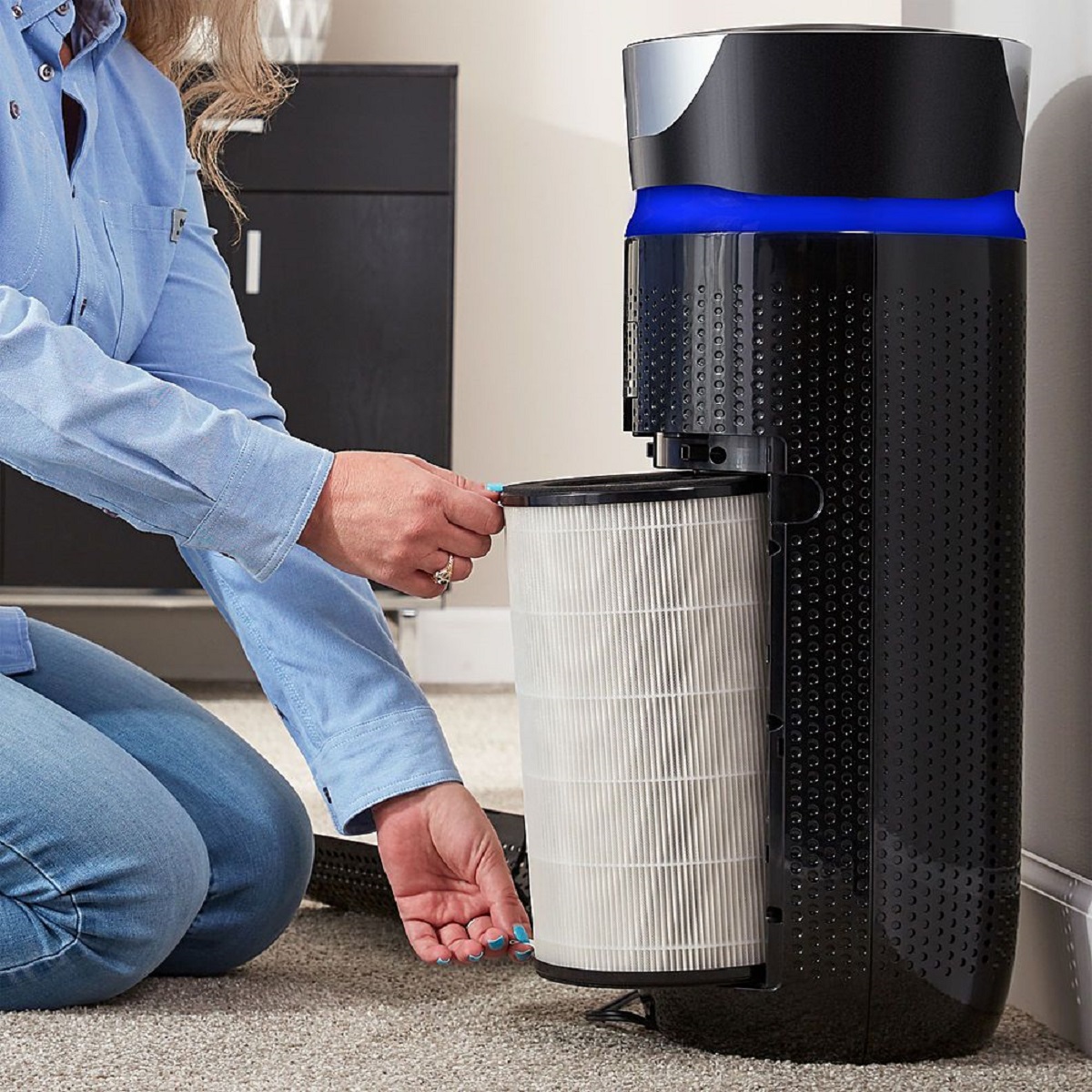
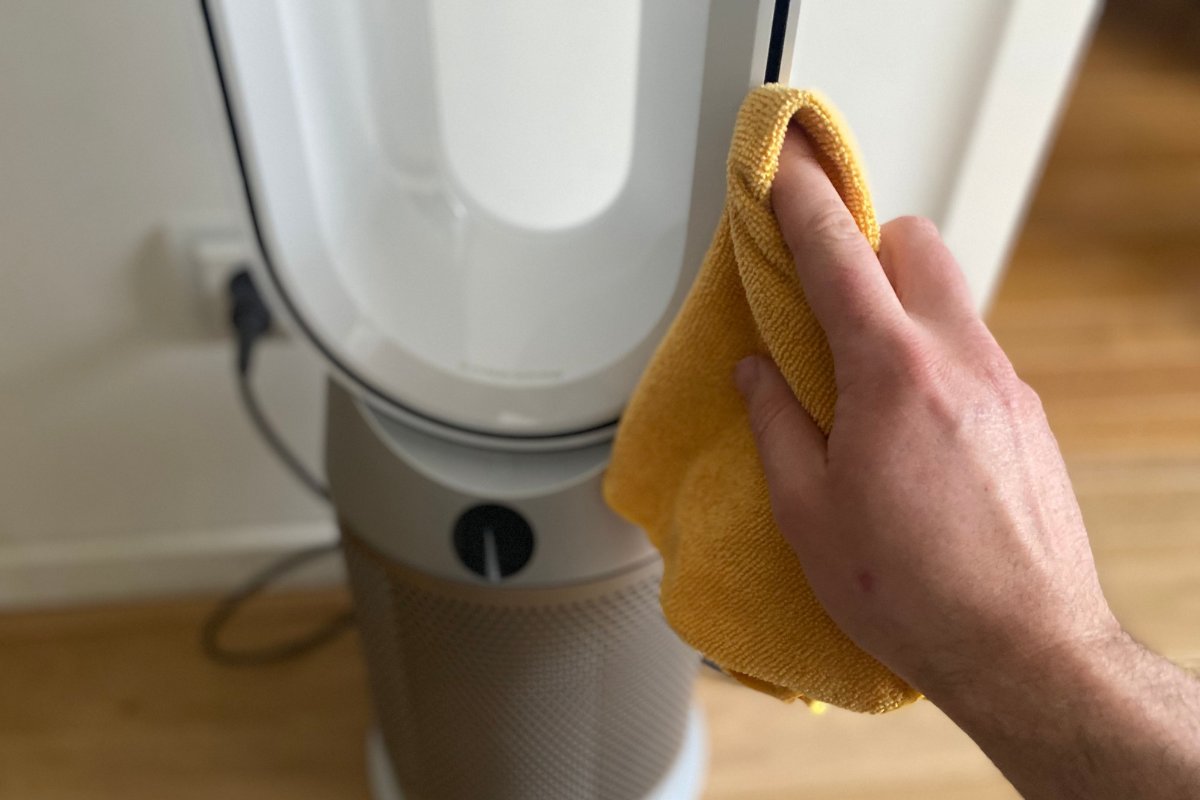

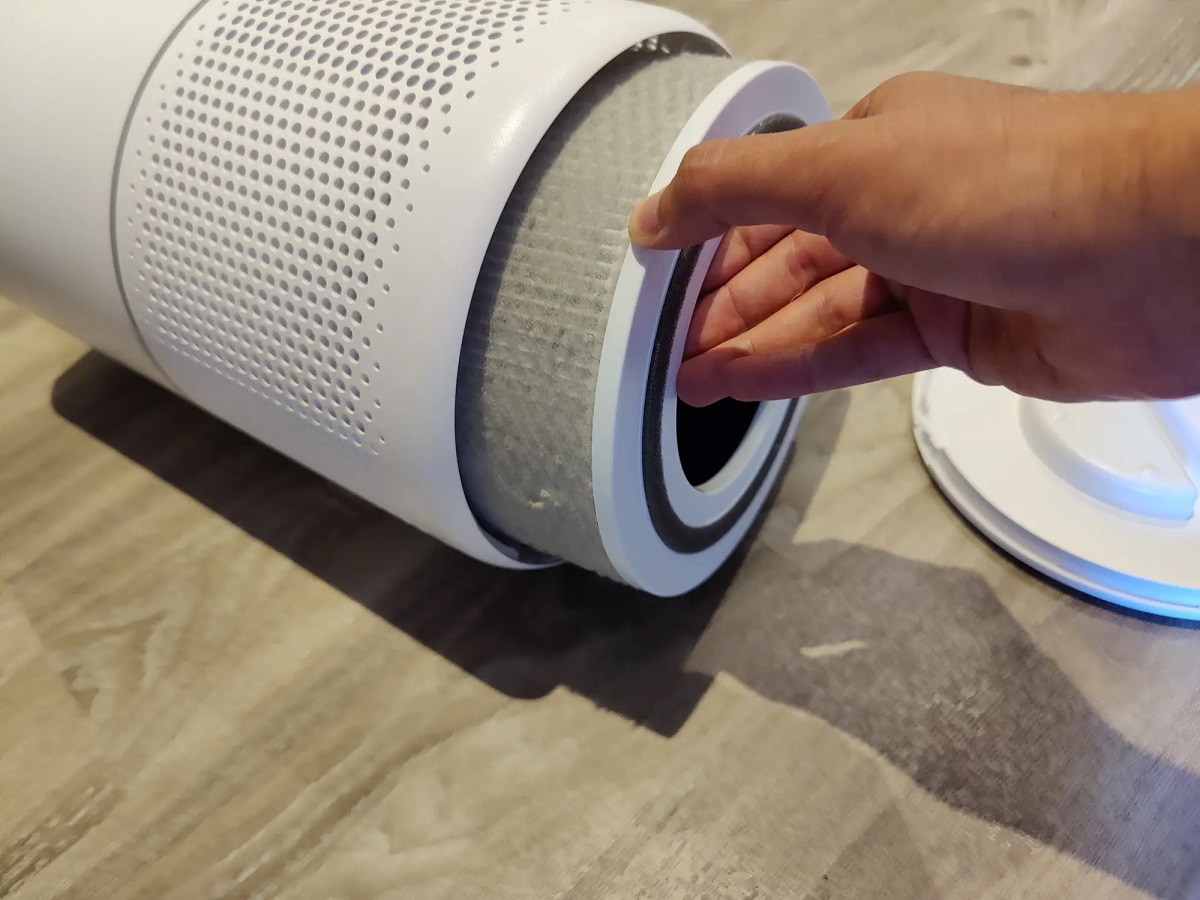
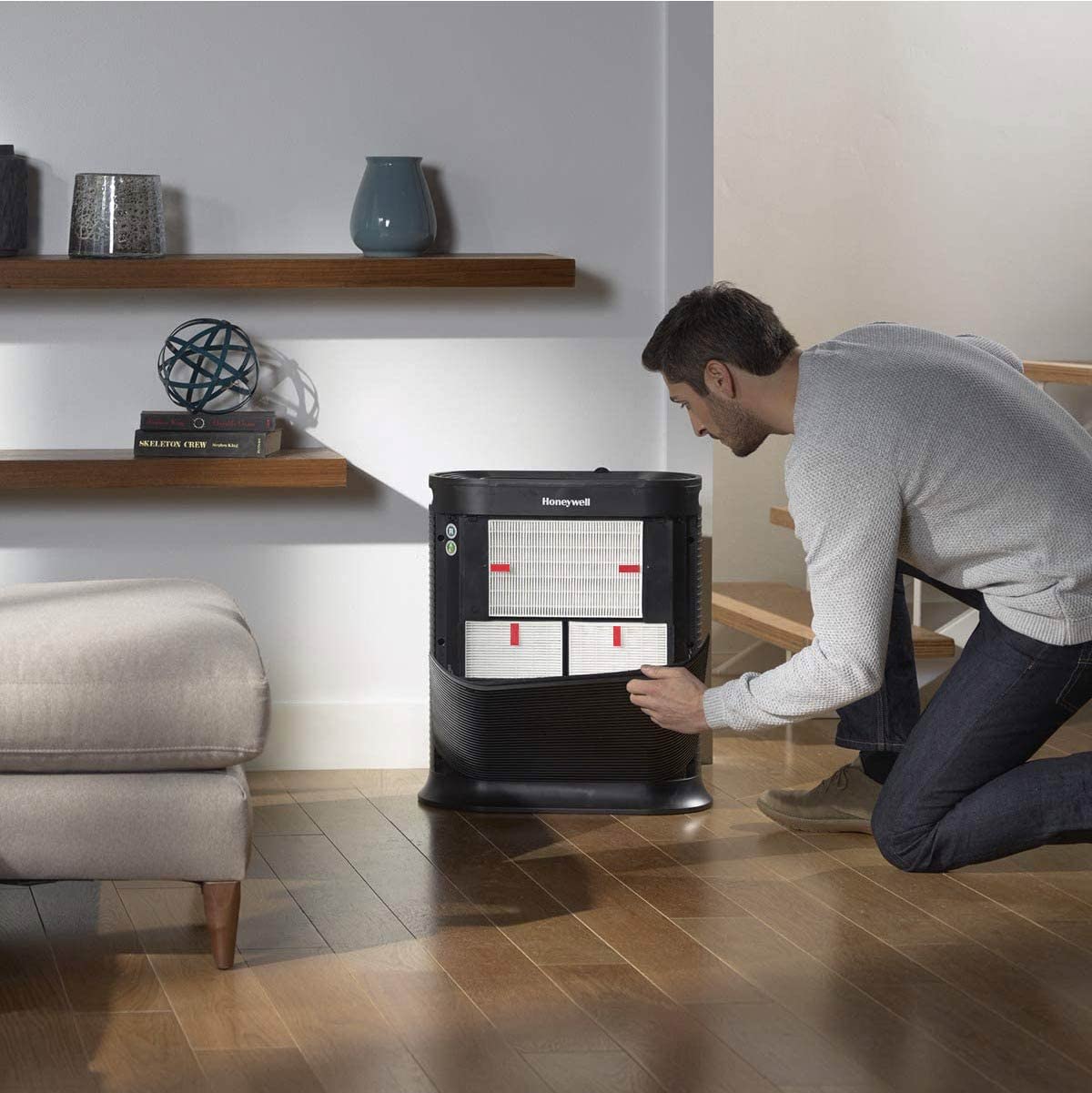
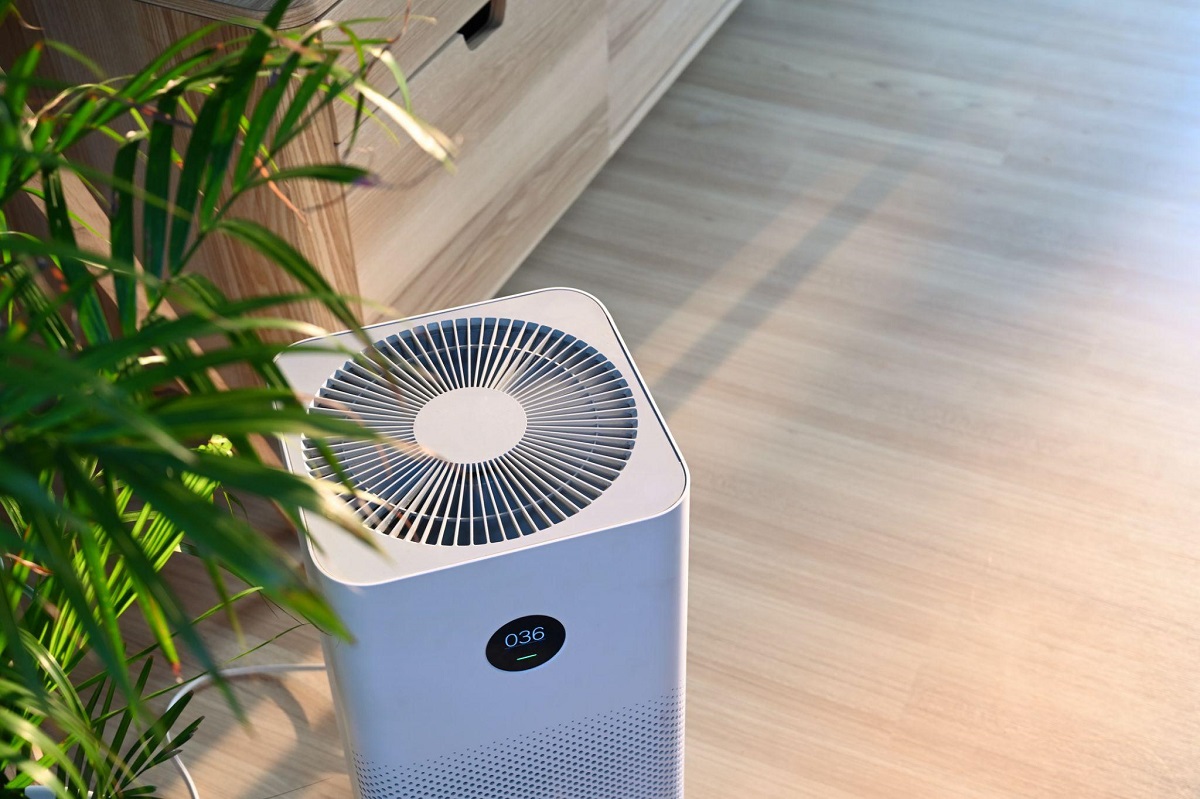

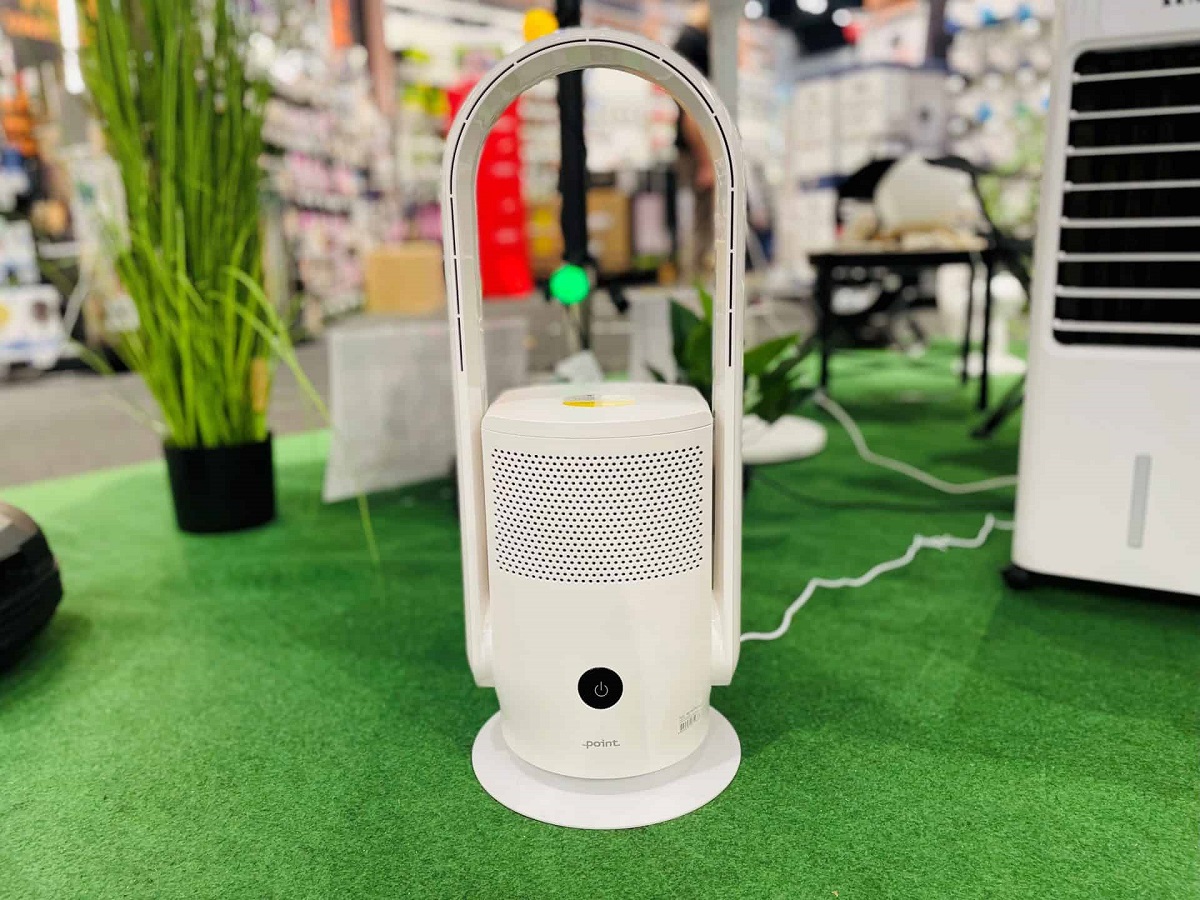
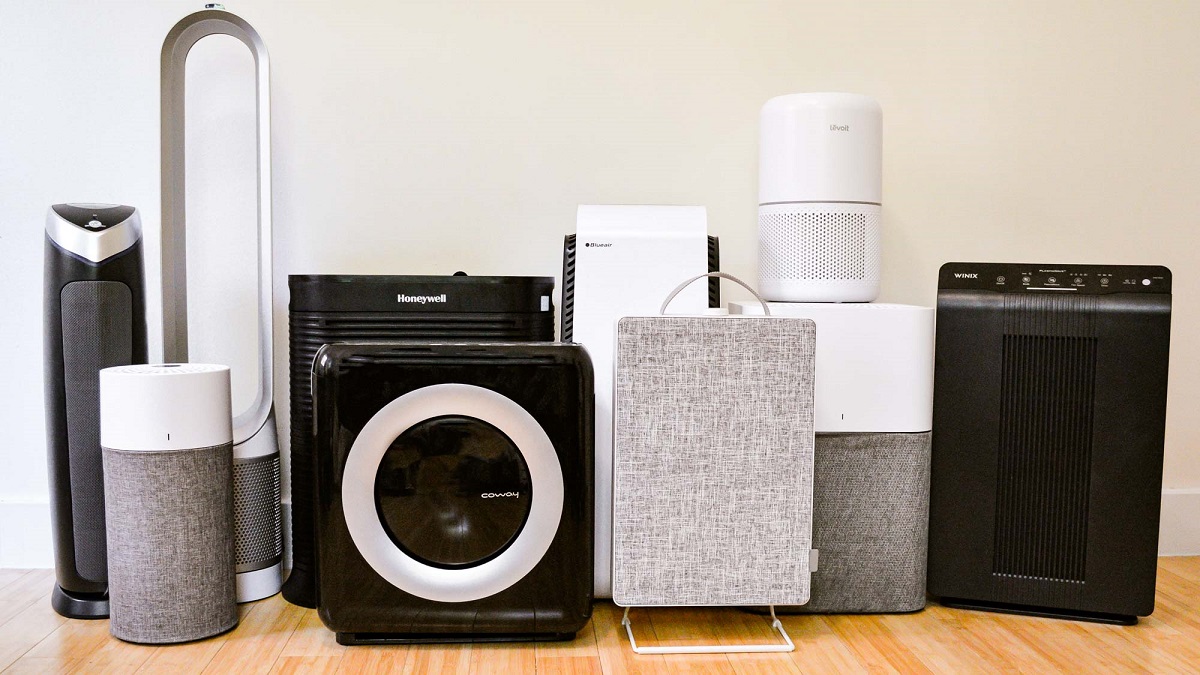
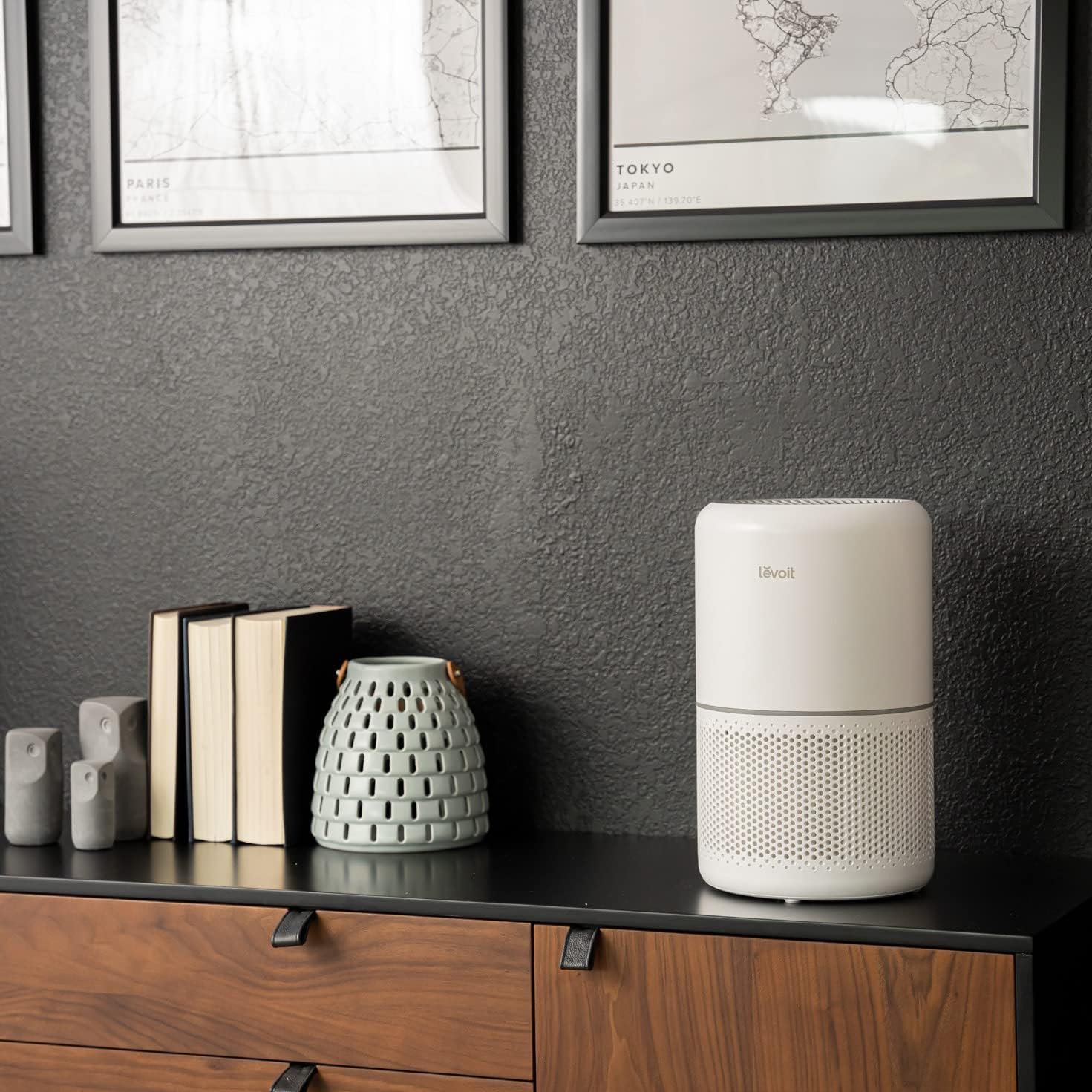
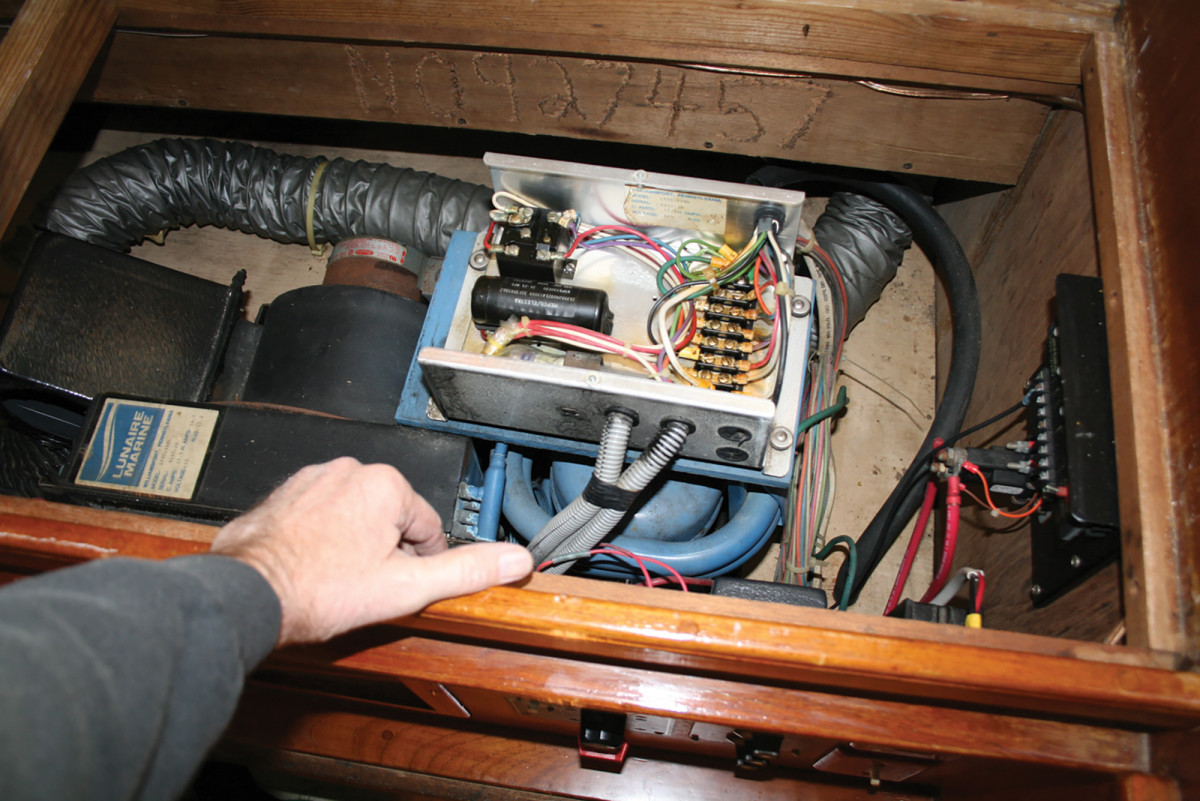
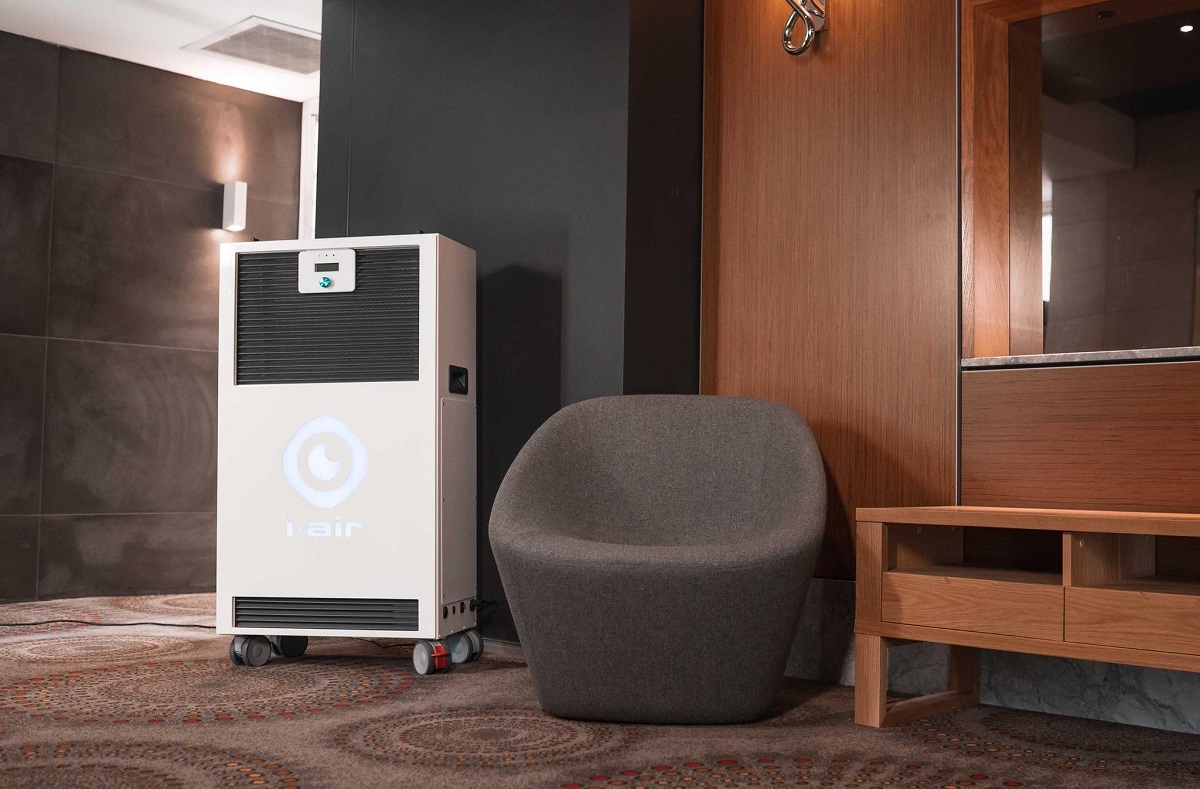
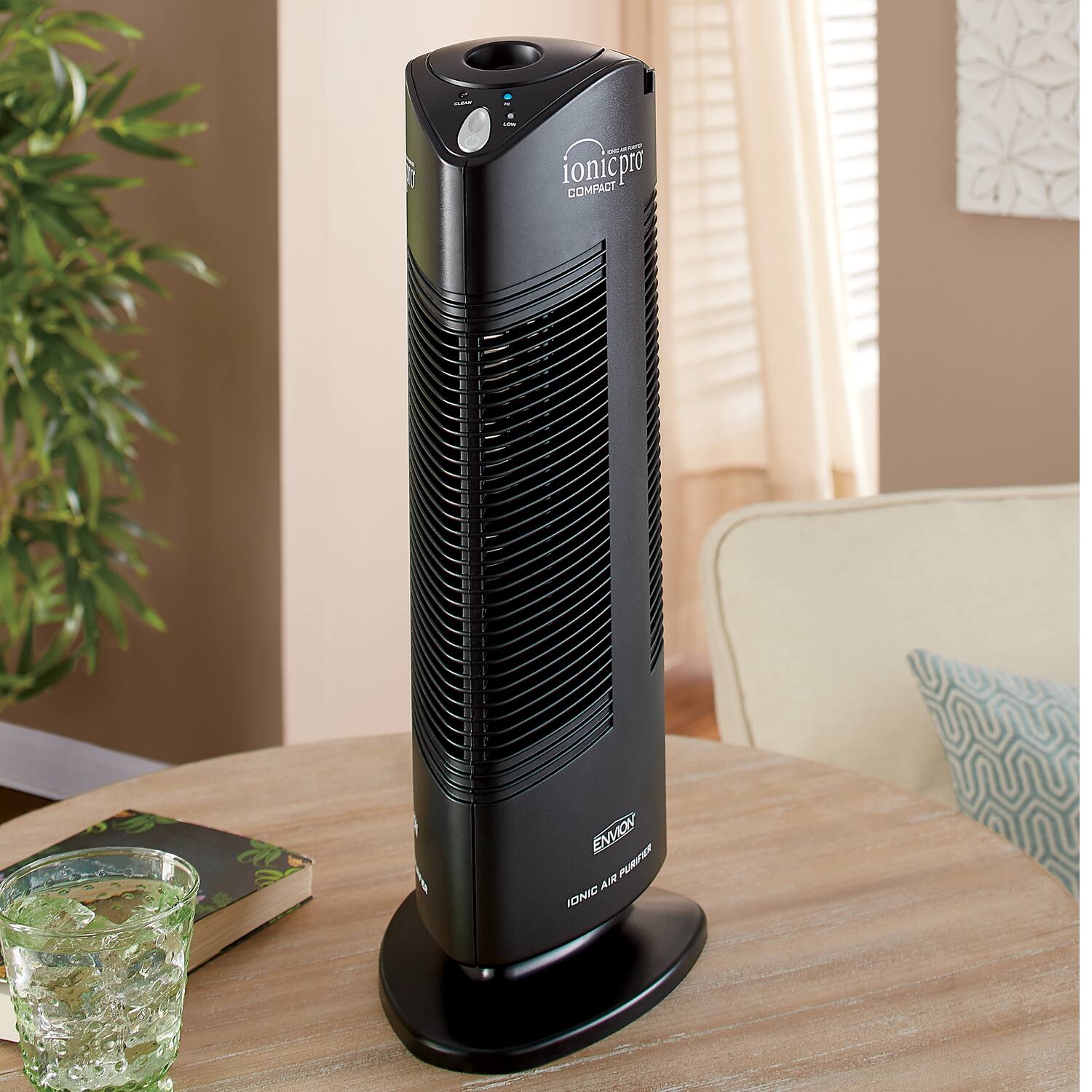

0 thoughts on “How Does Air Purifier Work”